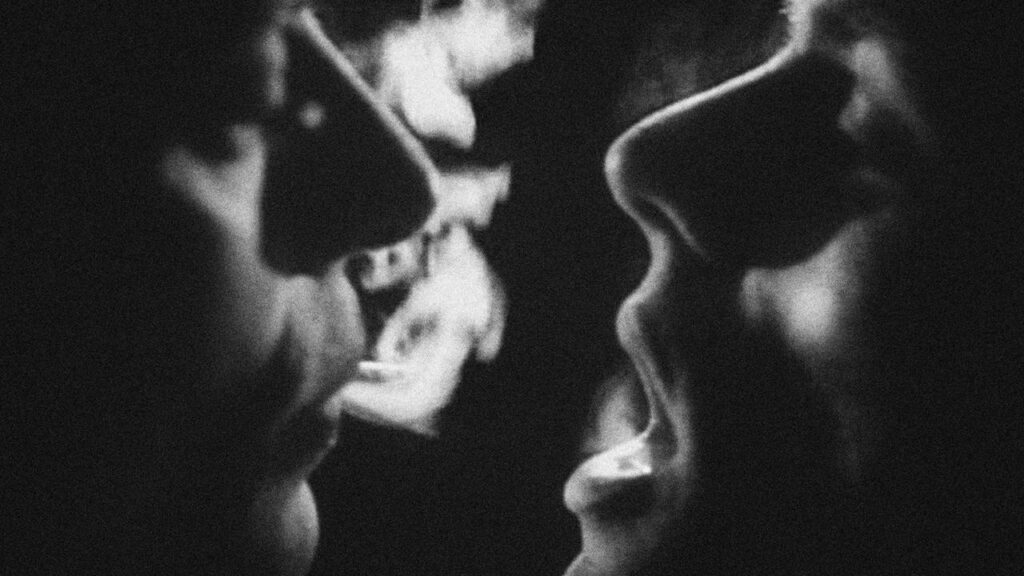Different from the Others (1919) is regarded as one of the first films to address homosexuality explicitly. Directed by Richard Oswald, the German silent film tells the story of a violinist blackmailed because of his romantic relationship with another man. Though banned in many places, it stands as a credit to early efforts to normalize gay male love on screen.
During the 1940s, gay male characters were still relegated to subtext, with censorship firmly in place. However, films like Alfred Hitchcock’s Rope (1948) hinted at homosexual themes. The film’s central characters, two men who murder a classmate, share an intimate dynamic often interpreted as a veiled gay relationship. The psychological tension between them is indicative of the restrictions filmmakers faced, yet their bond remains one of the earliest on-screen depictions of male-to-male attraction.
Un Chant d’Amour (1950), a short film by Jean Genet, was perhaps the boldest work of this era. Explicit and provocative, it depicts the homoerotic fantasies of a prisoner and a prison guard. While banned in many countries for its overt depictions of male desire, Un Chant d’Amour remains a critical work of gay cinema, pushing the boundaries of what could be shown on screen.
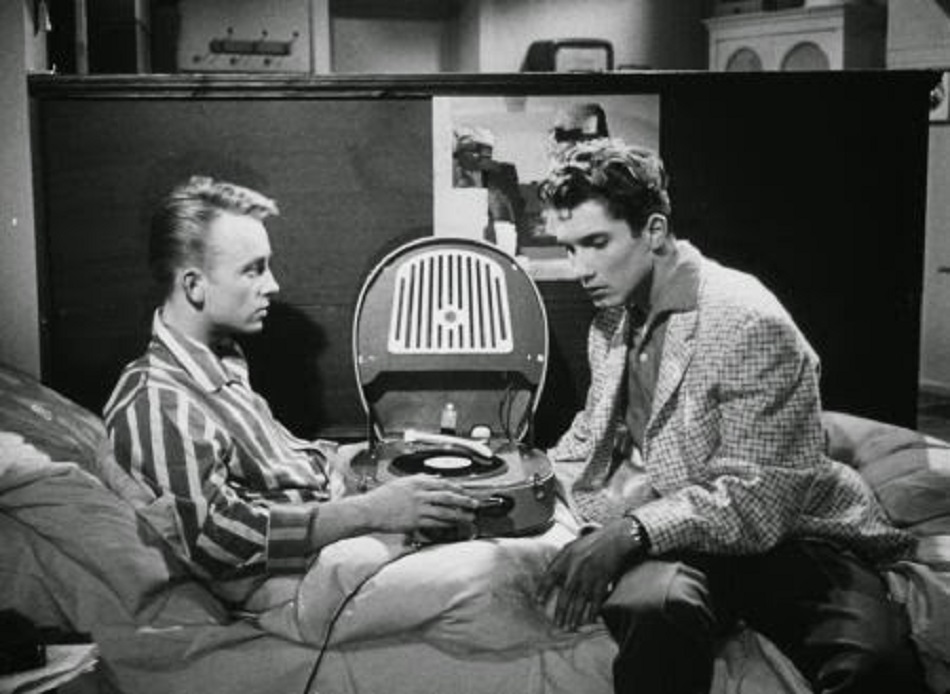
The 1950s continued to repress overt depictions of gay male love, though filmmakers found ways to introduce subtle coding. In Rebel Without a Cause (1955), Sal Mineo’s character Plato exhibits an intense attachment to James Dean’s character, Jim, widely interpreted as a coded gay crush. These repressed representations mirrored society’s discomfort with openly depicting homosexual relationships.
In Europe, The Third Sex (Bewildered Youth) (1957) from Germany also tackled the subject of homosexuality. The film portrays a young man grappling with his feelings for another man, and while it presents homosexuality through the lens of societal disapproval, it highlights the growing conversation around male-to-male desire in post-war Europe.
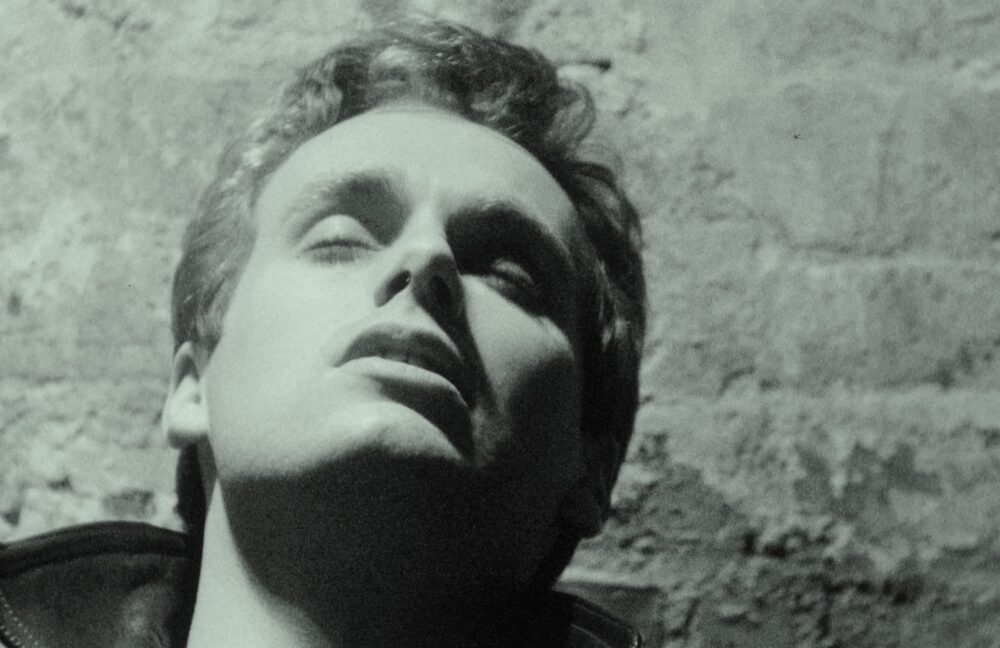
Underground filmmakers like Andy Warhol also began experimenting with gay themes. Warhol’s My Hustler (1965) and Blow Job (1964) brought homoeroticism to the forefront, exploring male desire in ways that mainstream cinema avoided. His avant-garde works challenged traditional representations, providing raw and unapologetic views of male-to-male attraction.
With the rise of the gay liberation movement in the 1970s, filmmakers started exploring gay male relationships more openly. The Boys in the Band (1970) offered an unflinching look at the lives of gay men at a birthday party, providing a raw and insightful portrayal of friendship, love, and conflict within the gay community. It was a landmark moment in LGBTQ+ cinema, being one of the first major films to focus entirely on gay male characters.
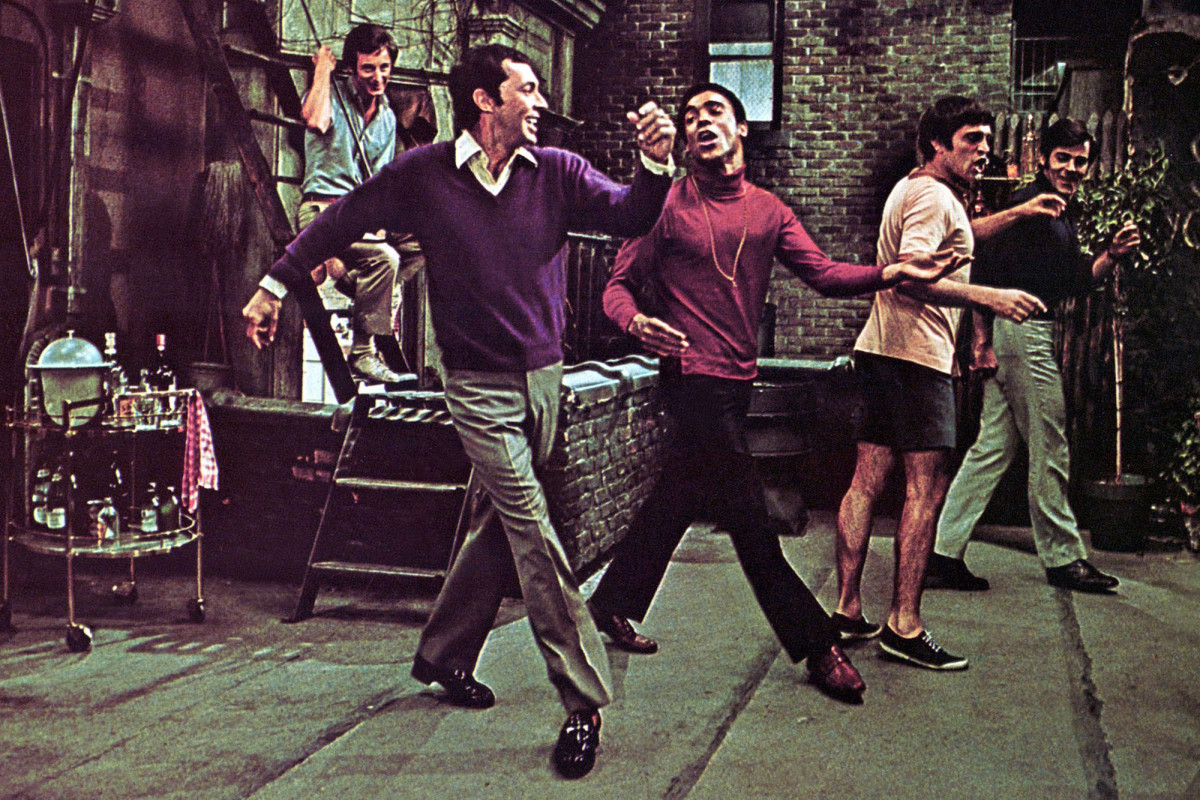
At the same time, Cruising (1980), directed by William Friedkin, portrayed the underground gay S&M scene in New York. Although controversial and criticized for its perceived reinforcement of negative stereotypes, Cruising remains significant for shining a light on a subculture rarely depicted on film.
The 1980s saw films addressing the devastation of the AIDS epidemic, giving rise to more empathetic portrayals of gay men. Parting Glances (1986), one of the first films to directly deal with AIDS, depicted a gay man reconnecting with his ex-lover who is HIV-positive. The film broke from the tragic gay narratives of earlier years, offering warmth and authenticity.
Another influential work was Derek Jarman’s Caravaggio (1986), a visually striking film that reimagined the life of the gay Italian painter. Jarman’s films were bold in their representation of gay desire, challenging both societal and cinematic norms of the time.
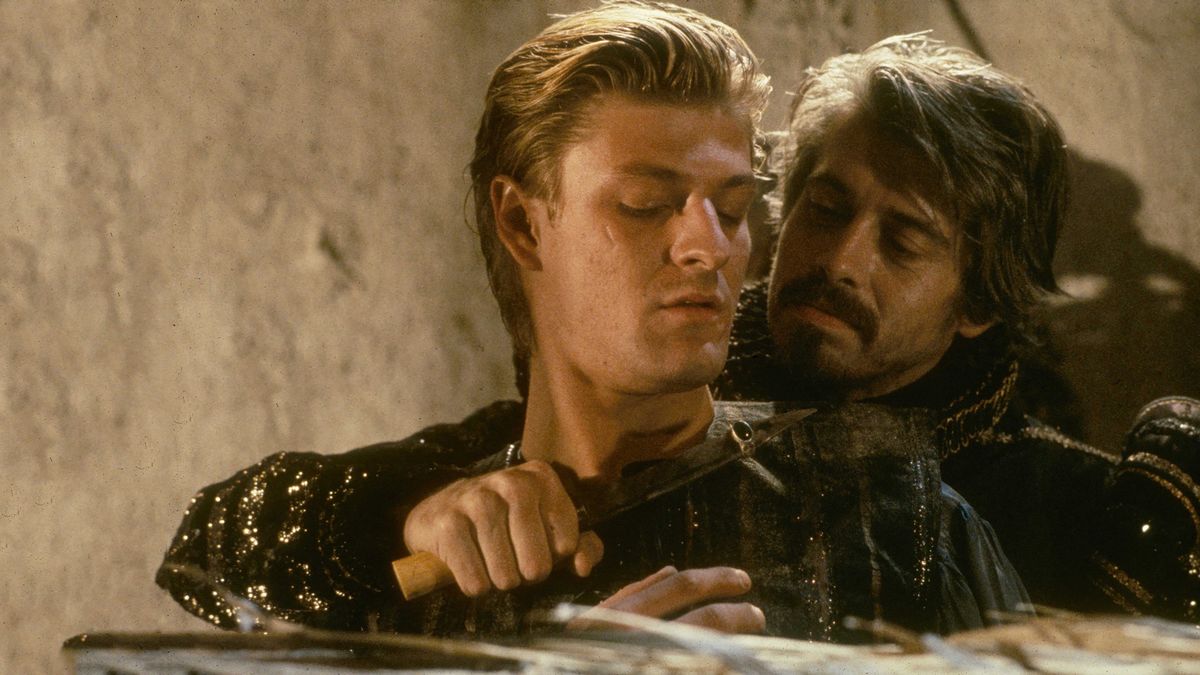
By the 1990s, gay male cinema was beginning to break into the mainstream. Philadelphia (1993), starring Tom Hanks, tackled the subjects of homophobia and AIDS, helping to bring gay issues into the public eye. Though criticized for its conservative portrayal, it was a milestone in raising awareness and empathy in mainstream audiences.
Wong Kar-wai’s Happy Together (1997) was another essential work, offering a poignant portrayal of a volatile relationship between two men in Buenos Aires. It was praised for its emotional depth and broke new ground for LGBTQ+ cinema worldwide.

The 2000s saw the release of Brokeback Mountain (2005), a landmark film for gay male cinema. Directed by Ang Lee, the story of two cowboys in love resonated with audiences globally, earning critical acclaim and multiple Academy Awards. Its success proved that gay love stories could move beyond niche markets and be embraced by mainstream audiences.
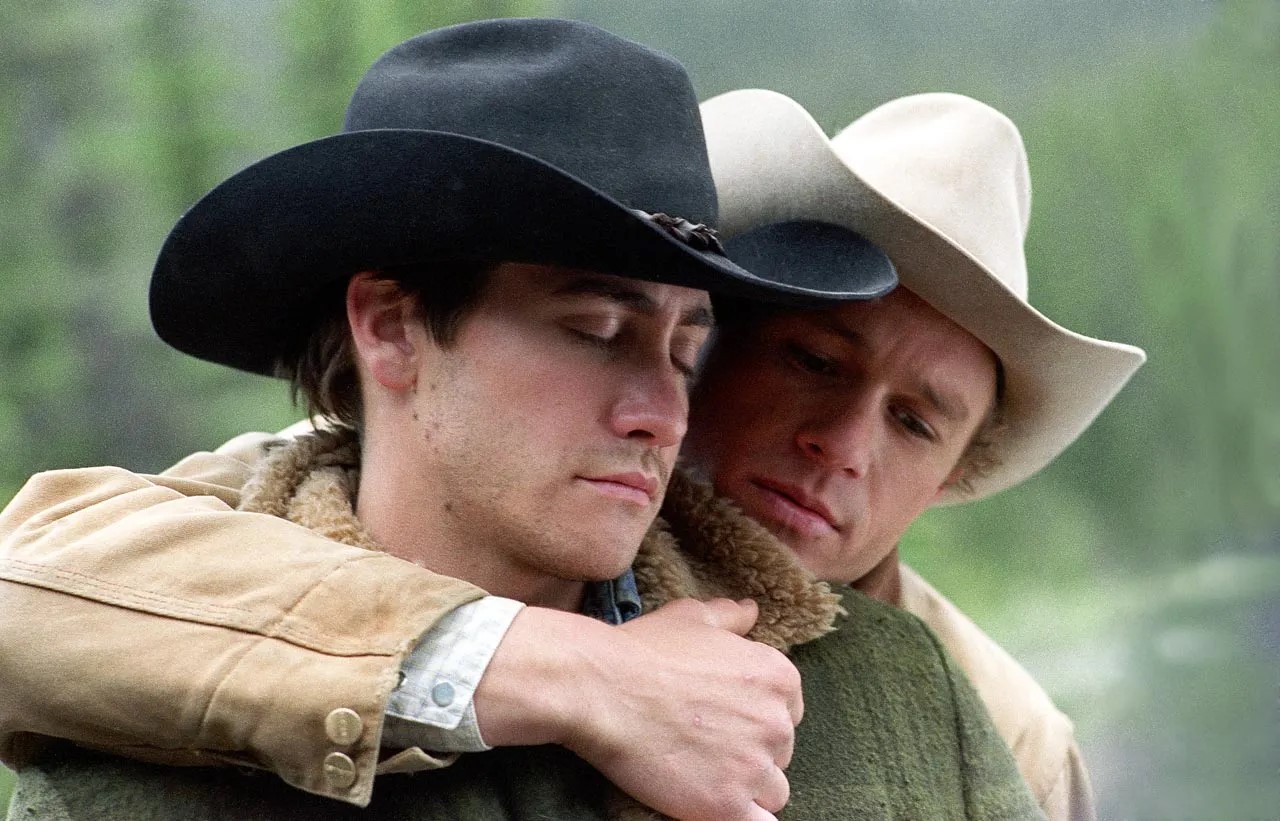
More recent years have seen an expansion in the diversity of gay male stories. Weekend (2011), directed by Andrew Haigh, the film follows two men who share a brief but intense romantic connection over the course of a weekend. Its quiet, intimate style and naturalistic dialogue make it a modern classic in gay cinema, exploring fleeting relationships and the vulnerability that comes with love.
Barry Jenkins’ Moonlight (2016), the first LGBTQ+ film to win an Academy Award for Best Picture, told the tender story of a young Black man’s coming of age and self-acceptance. The film’s exploration of intersectionality and its beautiful depiction of male-to-male desire marked a new chapter in gay cinema.
Films like Call Me by Your Name (2017), God’s Own Country (2017), continued to push boundaries, offering tender, intimate portraits of male love. Both films captured the beauty and complexity of same-sex relationships, further cementing gay male narratives in the cinematic canon.
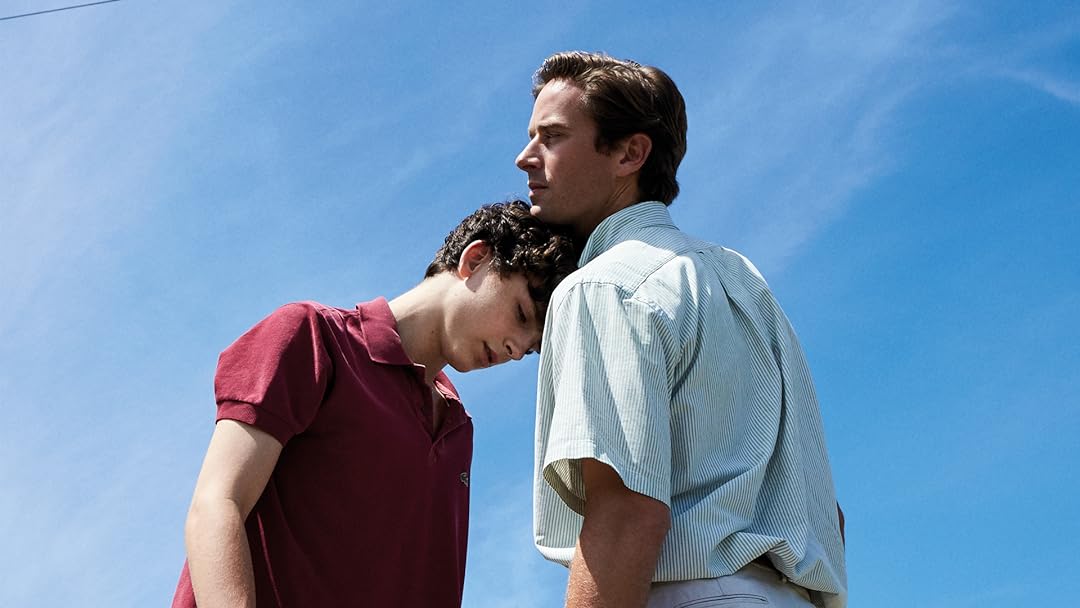
Moving forward to 2018, Love, Simon became a groundbreaking film as one of the first mainstream Hollywood movies centered on a gay teenager’s coming out journey. This heartwarming story follows Simon, a high schooler navigating his identity while developing an online romance with an anonymous classmate.
That same year, Boy Erased, directed by Joel Edgerton, presented a harrowing look at the trauma of conversion therapy. Based on Garrard Conley’s memoir, the film follows a young man forced into a church-run program aimed at “curing” his homosexuality, offering a raw critique of homophobia and religious intolerance.
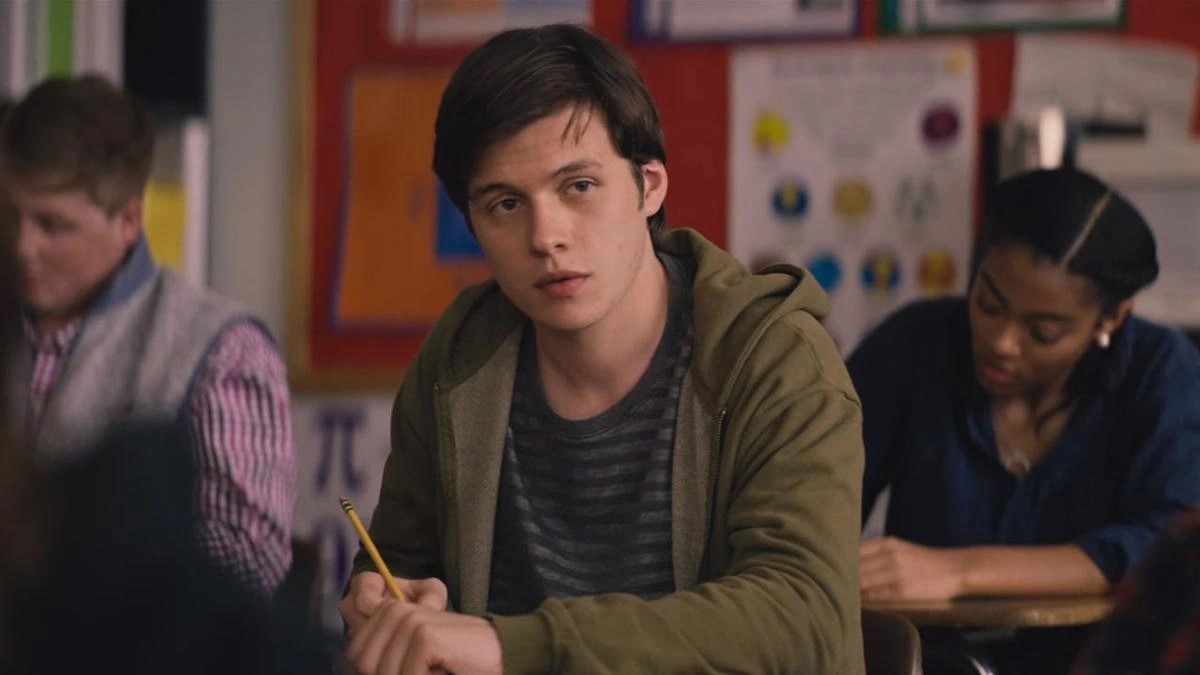
In The Blonde One (2019), Marco Berger presents a quiet, restrained exploration of male desire. The film follows Gabriel, who moves in with his co-worker Juan, and the two develop a secret sexual relationship. With its minimalist style and lingering silences, the film captures the tension, repression, and emotional complexity of their unspoken bond, offering a tender yet subtle portrayal of hidden love.
In 2022, Bros made history as one of the first mainstream gay romantic comedies, directed by Nicholas Stoller and starring Billy Eichner. The film blends humor and romance, tackling modern LGBTQ+ dating in a lighthearted yet meaningful way. That same year, Fire Island reimagined Pride and Prejudice with a queer twist, following a group of gay friends on a vacation filled with love, friendship, and wit. Directed by Andrew Ahn, it became a celebrated portrayal of queer joy and inclusivity.
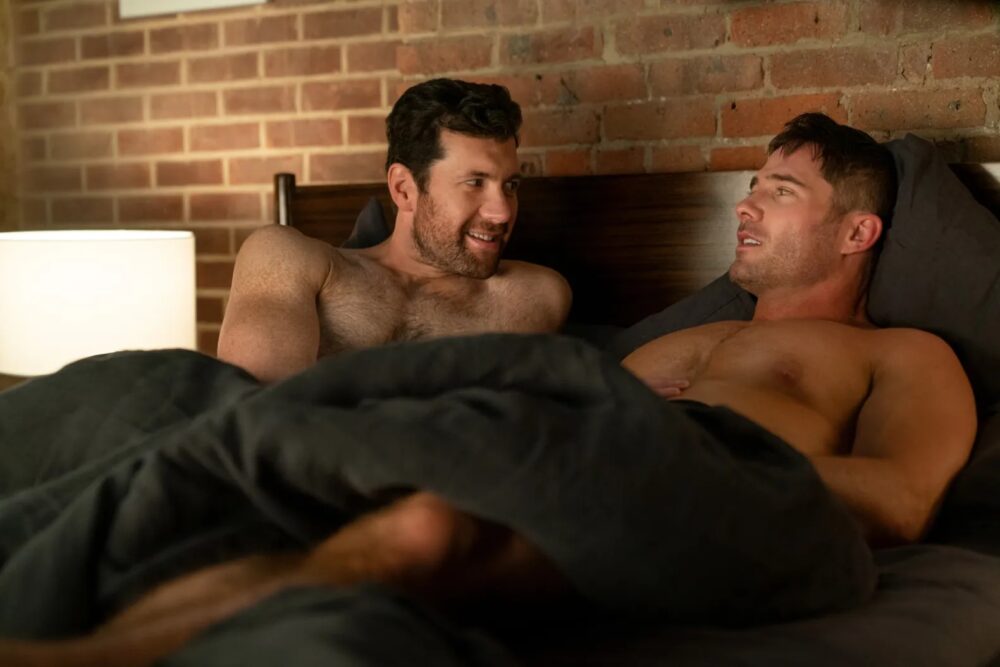
My Policeman (2022) brought a more dramatic tone, with Harry Styles portraying a policeman in 1950s Britain torn between his love for a man and his duty to his wife. The film explores the devastating consequences of repression and societal expectations, highlighting the emotional toll of forbidden love.
In 2023, Red, White & Royal Blue brought a lighter yet equally impactful story to the screen, adapting Casey McQuiston’s novel about a romance between the First Son of the United States and a British prince. The film blends humor and romance, tackling issues of identity and public pressure in a charming and accessible way.
Later that same year, All of Us Strangers, also directed by Andrew Haigh, offered a more haunting and reflective narrative. The film tells the story of a man who reconnects with his deceased parents while navigating a romantic relationship with his neighbor, blending themes of memory, grief, and love in a deeply moving way.
As we continue to witness the evolution of gay male cinema, we look forward to the groundbreaking stories yet to come – and rest assured, we’ll be the first to share them with you.
